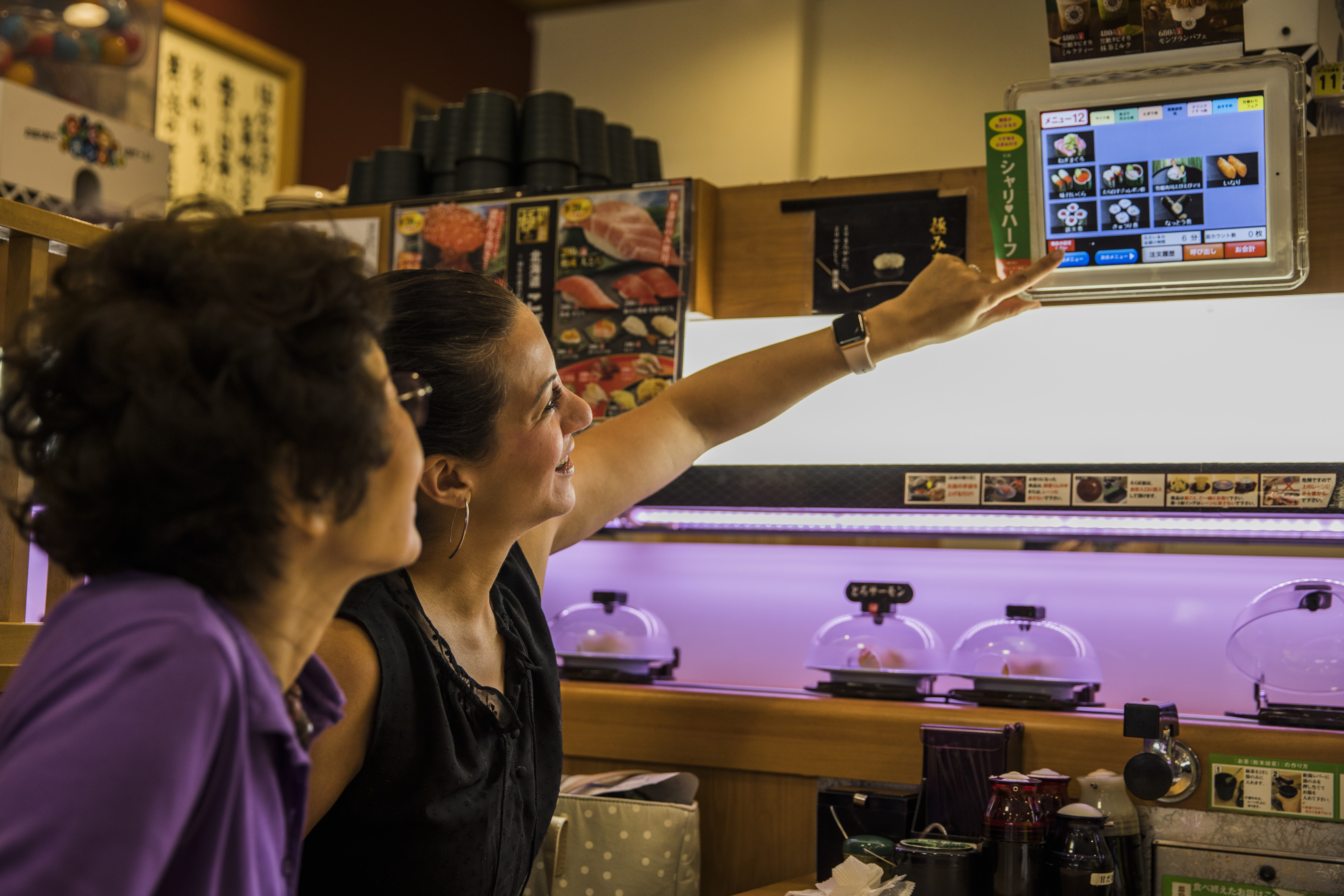Sushi Go Round Iwakuni
Honolulu Star-Bulletin FeaturesWednesday, January 10, 2001Honolulu Yamaguchi KenjinkaiMembers of the Honolulu Yamaguchi Kenjinkai get readyfor the Japanese Cultural Center of Hawaii's 2001 NewYear Festival with a round of sushi making.A taste ofJapanese traditionStar-BulletinSample hard-to-get Japanese food specialties when the United Japanese Society of Hawaii and Japanese Cultural Center of Hawaii present a New Year Festival 9 a.m. Saturday at JCCH.In addition to the traditional mochi-tsuki, or mochi-pounding demonstrations by Tenrikyo Hawaii, five Japanese prefectural groups will feature their specialties for purchase at a series of food booths.Honolulu Yamaguchi Kenjinkai will feature its iwakuni-sushi, or pressed sushi. This is traditionally made in a box measuring 2-1/2-by-2-1/2 feet with a removable top that is pressed into the rice.'
Generally accepted accounting practices. When recording their financial statements, U.S.
When I was a young boy, about 9 or 10 years old, my family used to make me go on top of the box to press the sushi down,' said Masao Wakatake of the Honolulu Yamaguchi Kenjinkai.The ingredients that go into iwakuni-sushi are thin, flat and soaked in vinegar, vs. Chunky ingredients that go into other forms of sushi, according to Wakatake.The bottom layer of the toppings may be a green-leaf vegetable such as lettuce, followed by a layer of rice. After pressing, these may be followed by lotus root and thin-sliced fish, shrimp or chopped eggs, he said.Honolulu Yamaguchi KenjinkaiMembers of the Honolulu Yamaguchi Kenjinkaipose after a session of iwakuni-sushi making.The layering process is repeated about five or six times.Wakatake said iwakuni-sushi is nicknamed 'combat food,' because one 18-inch block could fill a samurai's carbohydrate needs in the field. It could also be easily cut into pieces to serve many.Today, iwakuni-sushi is usually made during spring and fall festivals in Yamaguchi prefecture, where it also is presented as an offering at shrines.Other specialties that will be featured are dango-jiro, a dumpling soup from Kumamoto; Okinawa-onigiri and andagi from Okinawa; curry from Fukuoka; ozoni, the New Year's soup made with mizuna; and zenzai, a red-bean dessert.The free festival will open with a Shinto blessing and taiko performance at 9 a.m. Entertainment and cultural displays will be featured throughout the event.A highlight will be the cultural center exhibition, 'Mainichi Mono: Every Day Things,' with photos, kimono, early cameras, tea (chado) implements and many other items reflecting Hawaii's lifestyle.The JCCH is at 2454 S. Beretania St.
Play Sushi Go Round Sushi Go Round You are the replacement Chef, you have a 1-week trial to use the correct recipes and serve the customers in the Sushi Restaurant.
When she leaves to get a drink, Harry voices his doubts to the group about going through with the deceit. She's nervous about which voice to listen to, the ones saying 'do it' or the other half telling her not to. Gaining confidence, Harry encourages her to be bold and go for it, to which she responds warmly. Black mirror white christmas cast. He argues with Matt out loud, and when Jennifer sees Harry seemingly arguing with himself she asks him back to her home.Thinking he is about to have sex, Harry agrees to go with her.

Call 945-7633 for more information.Following is a recipe for zenzai, a dessert of azuki beans, believed in ancient Japan to have the power to dispel evil and diseases.Zenzai (Red Bean Dessert)'The Legacy of the Japanese in Hawaii: Cuisine'1 8-ounce package azuki beans2 cups sugar3/4 teaspoon salt1 tablespoon cornstarch10 cubes of mochi or dango (dumplings)Wash azuki beans. Cover with water; let stand overnight. Drain water, replacing with four times more water than beans.
Bring to a boil; remove scum.Cover and simmer until tender. If there is too much liquid remaining when azuki is cooked, remove the excess. Add sugar and cook about 1 hour. Add salt and cook a few minutes longer.To 3 cups seasoned azuki, add 3 cups of hot water.
Mix well and bring to a boil Add more sugar if desired. Mix 1 tablespoon cornstarch with 1 tablespoon of water and add gradually to boiling azuki sauce.Broil mochi cubes. Place 2 cubes in a bowl and pour azuki sauce over.
Serves 5.Nutritional information is unavailable.' The Legacy of the Japanese in Hawaii Cuisine' cookbook is available at JCCH gift shop at $12 softcover, $20 hardcover)Text Site Directory:© 2001 Honolulu Star-Bulletin.
This is one of my family's favorite restaurants in Iwakuni. Make sure you go early (11:00am for lunch, and around 4:30pm for dinner), as it fills up very quickly, with wait times occasionally exceeding an hour. The food is always incredibly fresh, and there is a HUGE selection - everything from traditional sashimi dishes, to bowls of udon and tempura, to tasty desserts and coffees. Sushi is available on the lower 'slow' conveyor belt, and typically costs 100 yen per plate; special orders are placed on a touchscreen at your table and arrive on the upper fast-moving belt.
These range in price from about 250 to 600 yen each. The restaurant is always clean, but usually quite loud. The waitstaff is welcoming and accommodating; they speak very little English, but they do have an English menu and will assist you in ordering off the touchscreen if you ask. Best of all, my husband and I can eat until we're (somewhat uncomfortably) full and still pay less than $20 for dinner.